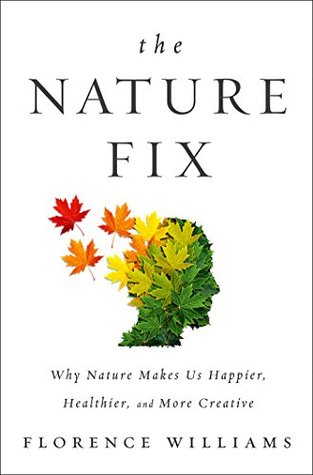More on this book
Community
Kindle Notes & Highlights
Read between
March 3 - March 11, 2025
The classic symptoms in boys, which are better understood, are hyperactivity, impulsivity, and distractibility. We all sit somewhere on the continuum of these traits, but people with more severe symptoms appear to have different chemistry in the parts of their brains governing reward, movement, and attention. They may have trouble listening or sitting still, and they get distracted by external stimuli. Easily bored, they tend to be risk-takers, looking for charged activities that help flood their brains with the feel-good neurotransmitters like dopamine, serotonin and norepinephrine, which
...more
Even more intriguing, researchers at Pennsylvania State University have found that early social skills matter more than academic ones in predicting future success.
Germany sponsored an even more ambitious study in the 1970s. There, researchers tracked graduates of 100 kindergartens. Half the programs were play-based (although not necessarily outdoors) and half were academic and instruction-based. The academic students made initial gains; but by grade four they had fallen behind their play-based peers on every scholastic and socioemotional measure used.
kids spend more time at their desks than ever. Preschoolers in the United States average just 48 minutes of exercise a day in their schools, even though the recommended level is 2 hours, according to a 2015 paper published in Pediatrics. Of that 48 minutes, only 33 minutes is outside. A 2009 study in Pediatrics found that 30 percent of third-graders get fewer than 15 minutes of recess a day, and another study found that 39 percent of African-American students had no recess compared to 15 percent of white students.
The kids in forest kindergartens also tend to get sick less often than their indoor peers, and they host a healthier, more diverse array of microbacteria in their bodies.
I asked my son, now in seventh grade in D.C., how many minutes of recess he gets per day. “Recess? We probably haven’t had recess in three months.” This was a problem. I called the head of his junior high. “I know,” she said, putting on her appease-the-unhinged-mother voice. “I wish they could go outside more, too, but it’s been too muddy, and then the corridors get muddy.”
Tomorrow all fourteen kids would make it the four pitches up Seneca Rocks. A couple of days after that, they’d backpack across the Dolly Sods Wilderness Area, and then they’d visit Stonewall Jackson’s grave and read poetry written by the general’s sister-in-law.
Extensive reviews of the medical literature show a 21 percent increase in anxiety disorders, a 39 percent increase in mood disorders and a doubled risk of schizophrenia in city dwellers. Urban living is associated with increased activity in the brain’s amygdala—the fear center—and in the perigenual anterior cingulate cortex, a key region for regulating fear and stress. Meanwhile, a study from Portugal found that people living near industrial “gray space,” as opposed to green space, reported “decreased use of coping strategies” and less optimism.
I was reminded of a 2012 study from a Portland, Oregon, hospital showing that rooms with better ventilation from outside garnered more diverse bacterial profiles and fewer “bad” bacteria.


